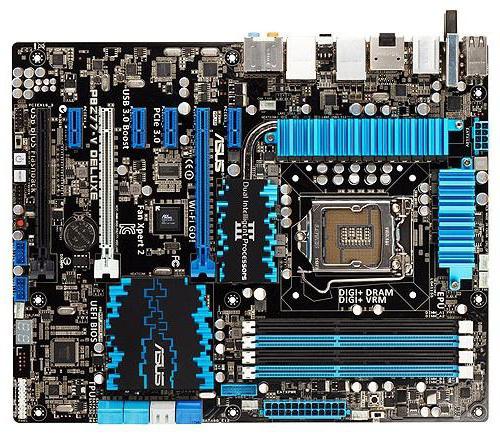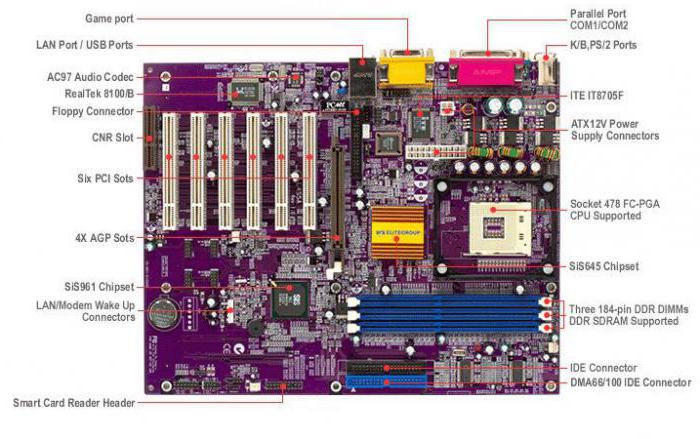Connector for installing LGA CPUs1155 - Socket, which radically changed the balance of power in the PC chip segment. If before this moment there was a relative parity between Intel and its eternal rival, the company AMD, then this product in 2011 tipped the scales in favor of the first of them. Significantly redesigned semiconductor chip architecture allowed to achieve phenomenal processor speed, and the integrated video adapter helped to build even more affordable entry-level PCs.

Announcement of the platform and its development
This hardware platform was relevant inthe period from 2011 to 2013. It replaced the LGA 1156 connector, and then it was replaced by the LGA 1150 on a planned basis. Well, it is currently being gradually ousted from the market by the LGA 1151. Initially, the 6th chipset and the second generation of CPUs were released for assembling such PCs. codename Core. A year later, the LGA 1155 processor socket was updated. Socket after that allowed installing the third generation CPU, and it was possible to purchase more functional motherboards of the 7th series. Also this family of central processors could be installed into earlier motherboards, but for this it was necessary to sew in them an updated BIOS modification. The difference between the two generations of chips for this socket was that the production process of semiconductor crystals was only changed. If earlier it corresponded to the norms of 32nm, then the fresher family was already manufactured at 22nm and had higher clock frequencies at 100-200 MHz.

Chipsets
Socket 1155 motherboards were most often based on the following system logic sets:
Entry-level PCs built on chipset basisH61. And this product was universal and perfectly suited for both generations of chips. He had a minimal level of functionality, but sufficient for the same office PCs.
More advanced mid-level system blockswere already going to the sets of logic B67 and B75. In this case, there were improved hardware specifications, and this allowed even the inclusion of several discrete graphics accelerators into the PC.
And the most productive PCs were based onZ68 or Z77 chipsets Their main "chip" was the possibility of flexible system settings, and it was even possible to overclock any component of the PC separately (for example, RAM).
Processors
As noted earlier, 2 generations of chips at onceit could be installed in Socket 1155. The processors were constructively identical and had 1155 contacts. The only difference was in the clock frequencies (in the 3rd family they were higher) and the technology for producing silicon crystals (in the more recent solutions it corresponded to 22nm). The premium segment was occupied by chips of the i7 family. They were designated 26XX or 37XX respectively for the 2nd and 3rd generations. Also, the advantages of these CPUs include the ability to work in 8 computing threads, the maximum possible cache size (at the 3rd level, its size was 8 MB) and the highest frequencies.
Also, the CPU from this family with the index "K"they had an unlocked multiplier, and they could be overclocked if they were properly equipped. Immediately after i7, the products of the i5 line were in terms of performance. They already worked in 4 data streams, had a reduced cache - 6 MB, and reduced clock frequencies in comparison with the flagship products. They were designated 25XX, 24XX and 23XX (2nd generation) and 35XX, 34XX and 33XX (for the 3rd generation). Even lower in speed were i3. They included only 2 hardware modules and 4 information processing flows. These products, by analogy, were designated 21XX and 32XX. The initial level in this case was occupied by Pentium (denoted as G8XX and G2XXX) and Celeron (G16XX and G18XX).

Prospects
Be that as it may, but a noticeable mark on the worldprocessor technology left the connector LGA 1155. Socket allowed to create even more productive computing systems. They are still relevant to this day. Only now, when building a new computer, it is more correct to pay attention to more recent Intel Core solutions. Socket 1155 has already become rather outdated, and after it even a platform change has occurred. Now the most relevant products in this regard are those based on LGA1151. That they will choose the right to build a new system unit.

Outcomes
Certainly, the significantconnector with 1155 pins. Socket at that time provided a phenomenal level of performance. But now, 5 years after the start of sales, it is outdated. Otherwise, this hardware platform mostly allows solving even the most complex tasks. But when choosing a new PC, it is better to look in the direction of more recent solutions from this manufacturer. Though they are more expensive, they are better in terms of performance and energy efficiency.












